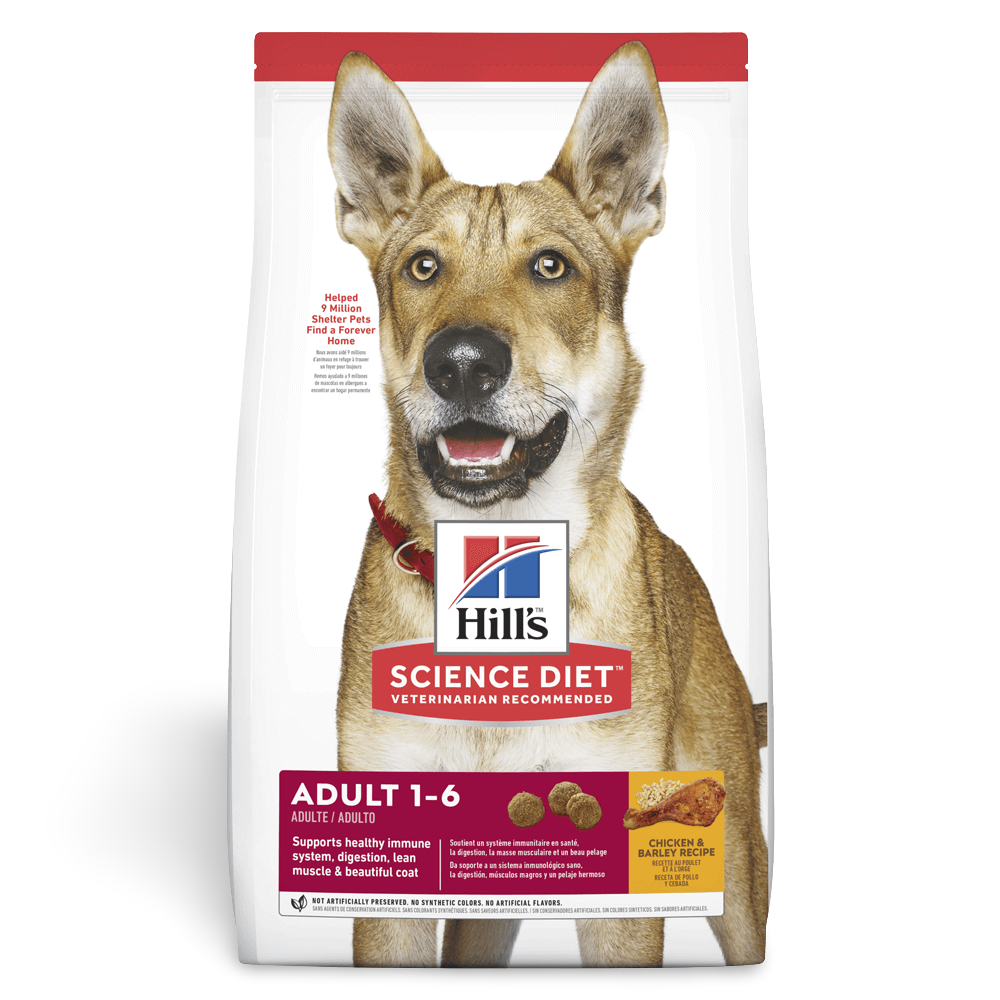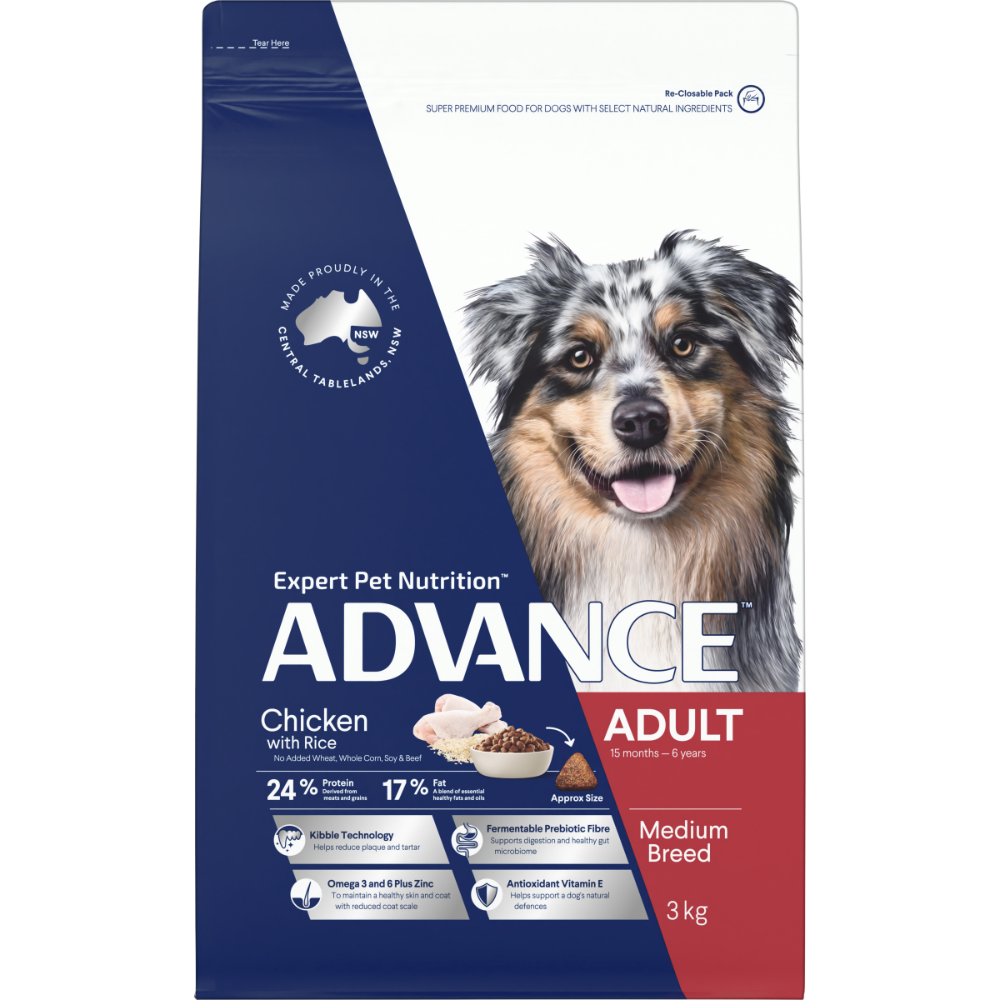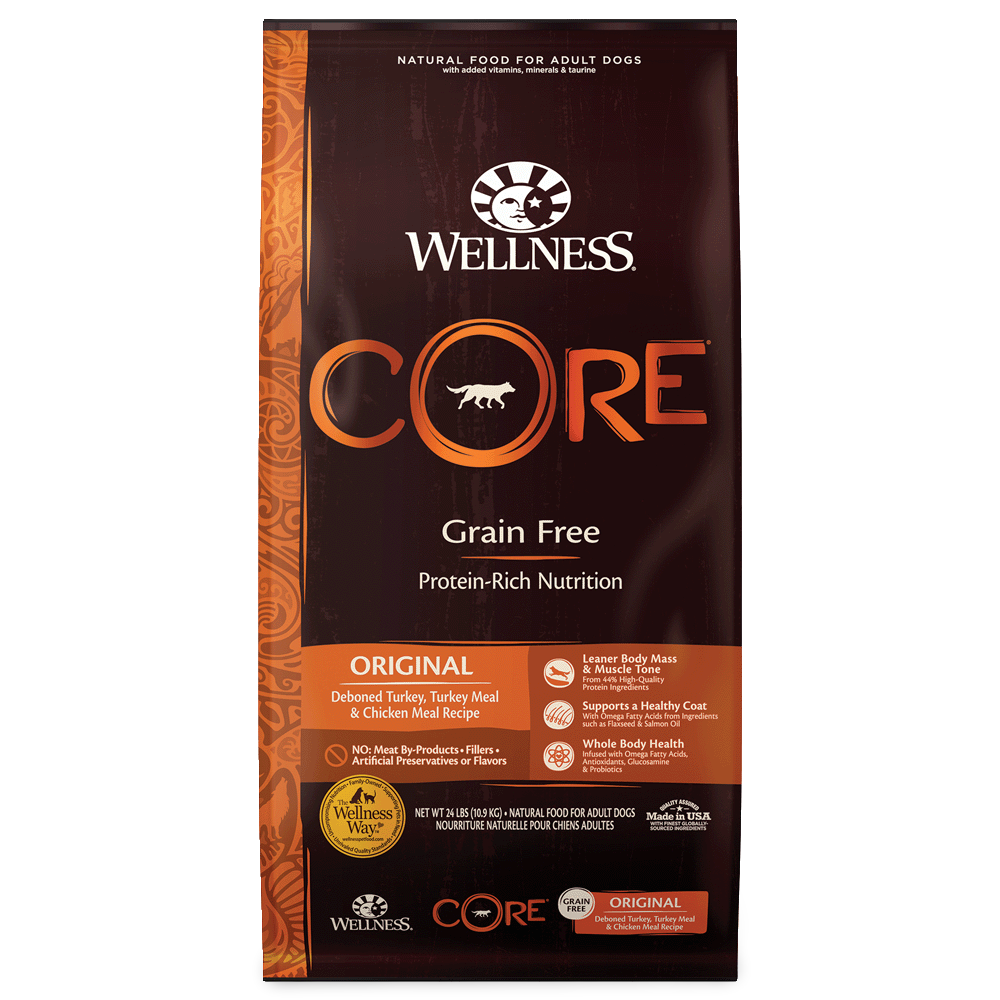The Real Cost of Supermarket Food
This article is written by Pet Circle veterinarian,
When supermarket shelves are offering us cheap and convenient pet food options, it's no surprise that many pet parents buy their pet's food during the weekly grocery shopping trip. But are supermarket brand foods really as nutritious and economical as they may appear?
Most of us would agree that good nutrition is important to health - both for us and our pets. Supermarket pet foods are often complete and balanced but lack the additional benefits and nutritional analysis seen in Premium Brand Pet Food. We all want value for money and it is easy to think that the cheapest product on the shelf will give you the best bang for your buck. While many pet parents may be deterred from premium quality brands due to their upfront costs, when you look at the 'price per meal' you may be shocked to realise that more expensive premium brands may overall be better value for money.
Below, our vets have outlined the benefits of feeding premium pet food, what complete and balanced food actually means and how to understand food labels. We have also included tables comparing supermarket and premium food, and tips and tricks on how to budget better without sacrificing on quality. There is no reason why, if you are on a budget, you can't still offer premium food that benefits your pets health while being kind to your back pocket.
Contents:
- The Benefits of Premium Pet Food
- What Does 'Complete and Balanced' Actually Mean?
- Understanding Pet Food Labels
- Supermarket vs Premium Food
- Tips To Budget Better
The Benefits of Premium Pet Food

1. True value. Premium pet foods are highly digestible, and are often more nutrient dense, which means you may actually need to feed less. This is where 'cost per day' comes in.
2. Poop factor. Higher digestibility also means your pet is able to extract greater quantities of nutrients from the food, and less waste is expelled, which means fewer, smellier landmines in the backyard or litter tray!
3. Health targeted nutrition. Premium pet foods are usually tailored to suit your pet's lifestage, and size or age and can also address common health concerns like weight, urinary health and dental care.
4. Extra benefits. They often contain beneficial nutrients above and beyond the bare minimum e.g. omega fatty acids for skin and coat health, antioxidants for immune support and joint support nutrients for improved mobility.
5. Trustworthy. Many premium brands can back their product claims with scientific evidence to prove how they support your pet's health and well-being.
While the vast majority of foods on those supermarket shelves will be complete and balanced enough to keep your pet alive, premium pet foods can nourish them with added beneficial ingredients so that they thrive. Feeding your pet a premium quality diet is one thing that you can do every day to take care of your pet's health, the true value of which is difficult to quantify in monetary terms.
Recommended Premium Food Brands
What Does Complete and Balanced Actually Mean?

When buying a bag of dog or cat food that is going to make up the bulk of your pet's diet, how do you know that it will provide all the nutrition that your furry family member needs?
There are international guidelines set out for pet food manufacturers which detail minimum levels of nutrients for each lifestage. The most widely used guidelines are those set out by AAFCO (which stands for Association of American Feed Control Officials). It's important to note that these are guidelines only, and usually only detail 'minimum' requirements. If a food contains too much of a nutrient, it may still qualify as 'meeting standards', but may in fact provide your dog or cat with excessive levels of particular nutrients which can cause health problems and obesity over time.
Rather than simply meeting AAFCO requirements, many higher-end premium pet food brands conduct laboratory analyses and feeding studies to determine the optimum levels of nutrients in their food, as well as regular batch testing to ensure consistency. (So, it's not just the high quality food you pay a little more for - it's the extra attention to safety standards too!)
You can check whether your pet's food is considered complete and balanced, and how this was determined (ie. through a feeding trial or by meeting guidelines) by looking for an AAFCO statement on the product packaging. Although pet foods manufactured and sold outside of the United States are not required to provide an AAFCO statement, major manufacturers worldwide, including in Australia, use the AAFCO nutritional recommendations as part of their standards for nutritional adequacy and will often include a statement.
For more information read our veterinary written article Pet Food Ingredients: Just what's in your pet's food?.
Understanding Pet Food Labels

Many budget products are not specific when listing their ingredients, often including an "and/or" between meat proteins and cereals. If an ingredient is written as beef and/or poultry and/or lamb, this means the manufacturer can use any combination of those ingredients. This is a common loophole used by cheaper brands as it gives the manufacturer greater flexibility with the formula of the food. Depending on supply and demand costs, the formula can change per batch.
Sudden changes to your pet's diet can cause digestive upsets such as bloating, vomiting, diarrhoea, flatulence and constipation. Plus, if your pet has a sensitivity to one particular protein, there is the potential for a reaction if the recipe changes.
A good quality pet food generally places importance on specific ingredients. You won't see "and/or" written in the ingredients panel of a premium diet. Each meat or grain in the product will be named (for example 'chicken' instead of 'poultry' or 'meats'), meaning the formula of each batch will be consistent and unchanging.
For more information read our veterinary written article How To Read A Label.
Supermarket vs Premium Food
The tables below outline the differences between Supermarket and Premium Food. Information such as nutritional analysis, feeding trials, beneficial ingredients and 'cost per day' have all been included. You may be surprised at how affordable premium food can be and how much better it is for your pet!
Adult Dog Food
 Brand on Supermarket Shelf, 7kg
Vary depending on cost and availability
Minimum levels only
Beet Pulp
Fish Oil
1.6%
$35.00
28 days
$1.25
Brand on Supermarket Shelf, 7kg
Vary depending on cost and availability
Minimum levels only
Beet Pulp
Fish Oil
1.6%
$35.00
28 days
$1.25
 Royal Canin, Medium 15kg
Detailed nutritional analysis provided
Royal Canin, Medium 15kg
Detailed nutritional analysis provided
- Beet Pulp
- Prebiotics
- Yeast Extract
Adult Cat Food
 Brand on Supermarket Shelf, 800g
Vary depending on cost and availability
Minimum levels only
Plant Fibre
Ocean Fish
34%
$10.00
13 days
$0.76
Brand on Supermarket Shelf, 800g
Vary depending on cost and availability
Minimum levels only
Plant Fibre
Ocean Fish
34%
$10.00
13 days
$0.76
 Hills Science Diet, Adult 6kg
Detailed nutritional analysis provided
Hills Science Diet, Adult 6kg
Detailed nutritional analysis provided
- Beet Pulp
- Prebiotics
- Oat Fibre
Tips To Budget Better

Saving money doesn't mean having to substitute on quality products that are best for your pet. Here are some tips on how you can Budget Better and save money when it comes to feeding your pet.
1. Buy In Bulk
Rather than buying a small bag every fortnight, it's much more cost effective to buy a large 'value' bulk bag that will last you a couple of months. There's usually no need to worry about large bags expiring before you finish them; due to the low moisture content, dry pet food lasts a long time. From manufacturing you can generally keep an unopened product for a year or more before it passes expiry. Plus, smaller bags use a lot more packaging, which is not environmentally sustainable. All of those plastic bags, zip locks, tins and cardboard boxes add up!
2. Auto Delivery
Here at Pet Circle you can subscribe to Auto Delivery and have your food (and other pet products) delivered to your door when you need them. With an Auto Delivery subscription, you can save extra on each recurring order of food, toys, health and other pet products - with up to 20% off selected brands. It is free to sign up and you can change or cancel any time! For more information go to Pet Circle Auto Delivery.
3. Support Local
Buying local products not only helps support the local economy, but it avoids costly import fees slapped on top! Additionally, locally made pet food is more likely to be fresh and have longer on its expiry date as it avoids lengthy import quarantine processes.
Top Australian-made pet food brands include Instinctive Bite, Advance, Black Hawk, Ivory Coat and Vetalogica, Savourlife.
For more information on Australian Made read our veterinary written article Australian Pet Products.
4. Cost Per Feed
Always assess the value of your pet food by 'cost per feed' over price per kilo. While cheaper supermarket products may be tempting due to their lower up front cost, you will most likely save money overall by investing in the more expensive but much higher quality product, which will also be far more nutritionally beneficial for your pet.
5. Palatability
Most Premium Food Brands offer palatability claims, meaning that if your pet doesn't like the food for any reason, you can get a refund or store credit for the cost of the food. Supermarkets, unfortunately will not give you your money back just because your pet doesn't like the food that you bought.
6. Consider Majority Dry Food
Feeding a majority premium dry food diet is often more economical than feeding a wet and dry food combination, and is complete and balanced with everything that your pet needs. For pets that enjoy variety or that can be a bit fussy, consider adding some Bone Broth, warm water or a few tablespoons of Wet Food mixed through their dry food, for a more economical option.
7. Free Vet Advice
If you have questions about what is the best food to feed your pet or any pet questions at all, reach out to our Pet Circle Vet Squad, we are here to help. We are available on chat or you may want to request a customised Vet Pet Plan for your pet. All are completely free! We can provide general advice on pet nutrition and healthcare, as well as a range of common issues like skin allergies, anxiety, weight management and more.
Further Reading
How To Introduce A New Food To Your Pet
How To Make Dental Care Easier
Your Guide To Fleas, Ticks and Worms
The Health Benefits of Pet Ownership
Shop All Cat and Dog Products Now
Want to know more? Check out our Discover Page for more tips on keeping your pets happy and healthy.





































